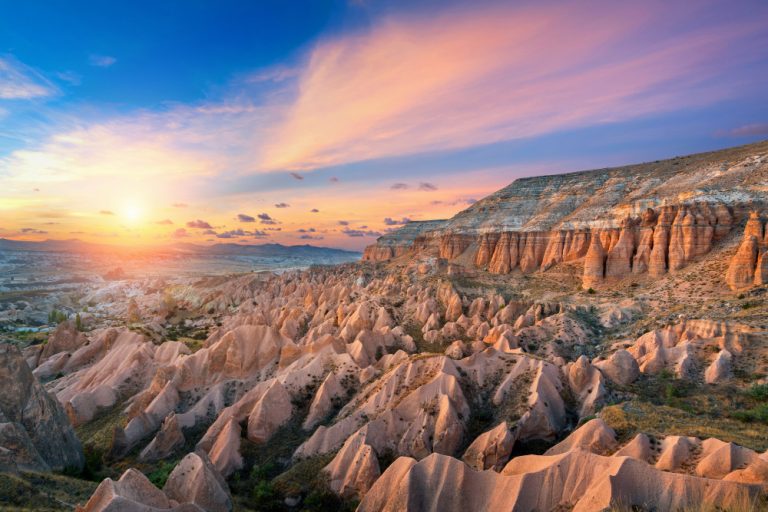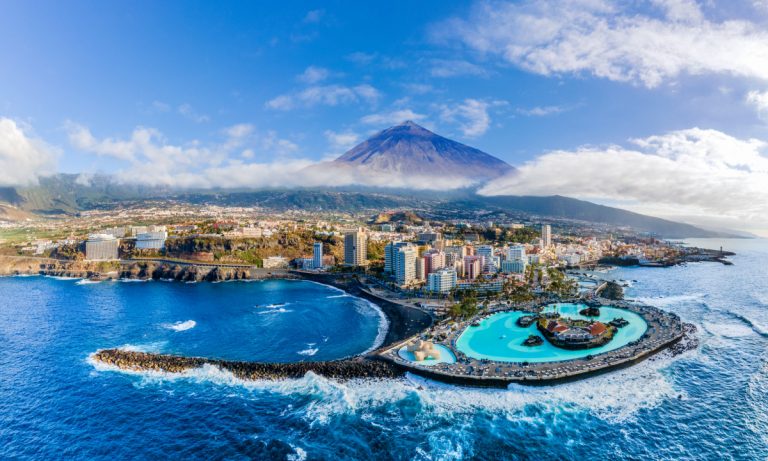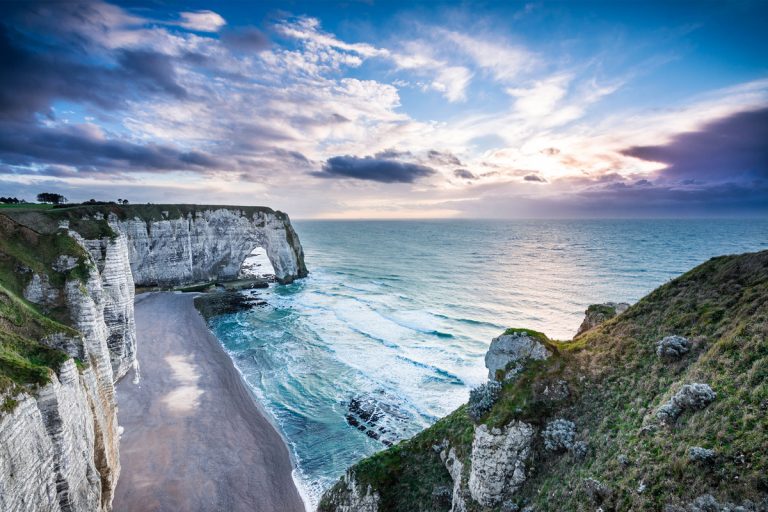Whales, and specifically the blue whale, are considered the largest mammal on Earth. It can measure up to 30 meters and weigh 190 tons. They live in the oceans and travel thousands of kilometers from cold to warmer seas, which is where they mate and reproduce. There may be no other natural spectacle as impressive as spotting whales watching jumping acrobatically out of the water.
Between May and June is the time of year for whale watching in many parts of the world. From the Valdés peninsula in Argentina to Alaska, passing through different parts of the planet, these huge animals can be seen in all their splendor.
There are many geographical points in the world where you can spot them, and in this post we will focus on five of those points that spotting them becomes quite a spectacle.
Whales watching in Glacier Bay (Alaska)
It is an American nature reserve that extends through Alaska with a dimension of 105 kilometers. This place of passage of the gray whales, humpbacks and orcas will allow us to see them in the months of May until June.
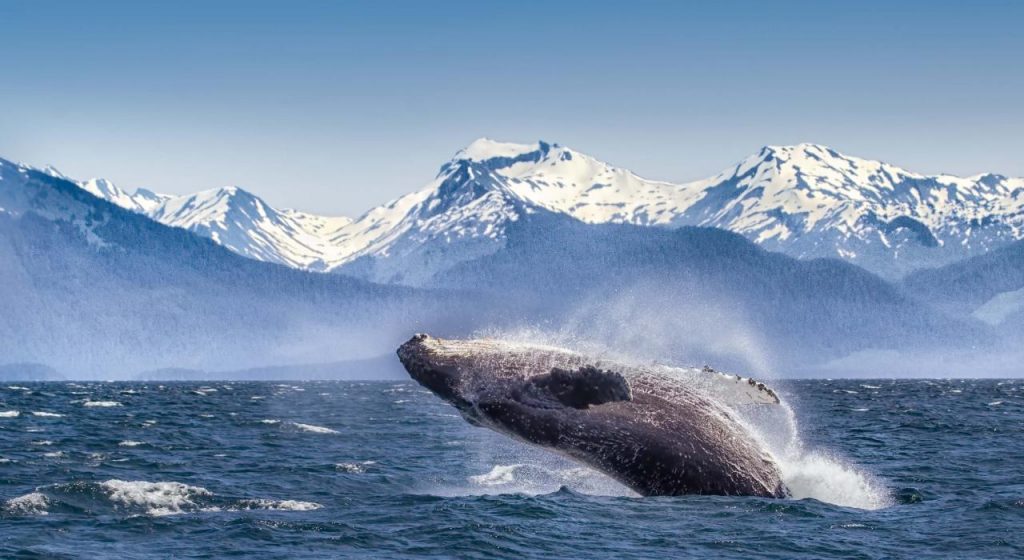
Whales watching in Hermanus (South Africa)
Just an hour and a half from Cape Town, we find the best place in the world for whale watching. The whales come so close to shore that you don’t have to embark on the high seas to see them. In this case the best time of the year would be from July to November.
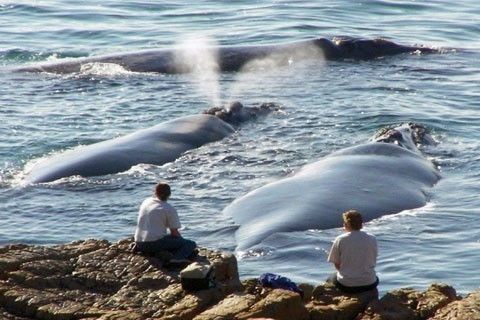

Azores Islands Sanctuary (Portugal)
One of the largest whale sanctuaries in the world is The Azores. We can find up to 24 types of cetaceans. Between May and October, visitors can observe them from watchtowers located on the coast.
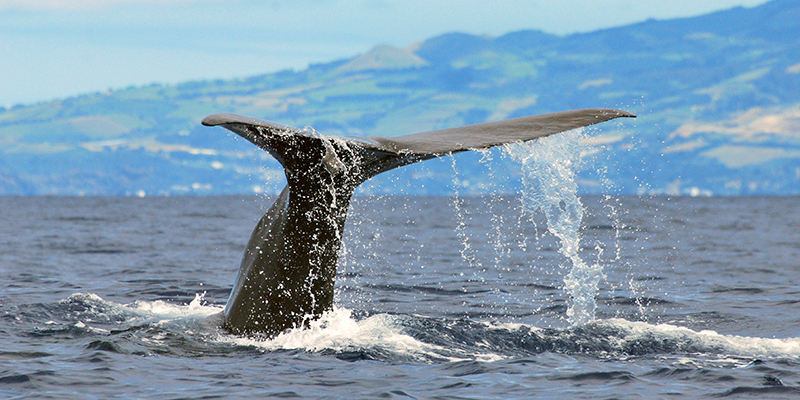

Patagonia (Argentina)
In Patagonia, a territory declared a World Heritage Site, they are home to one of the largest cetacean populations in the world, made up of 2,500 specimens. To watch whales, the perfect place is Puerto Pirámides, the only town and service center on the Peninsula.
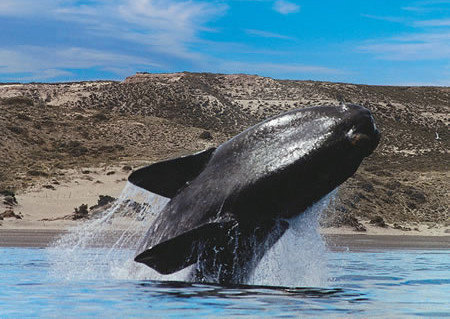

Bahía Hervey (Australia)
In the months from July to October we will be able to enjoy whale jumping of more than 50 tons off the coast of Queensland. Boats depart from the coast that get so close to the whales that we could almost touch them.



